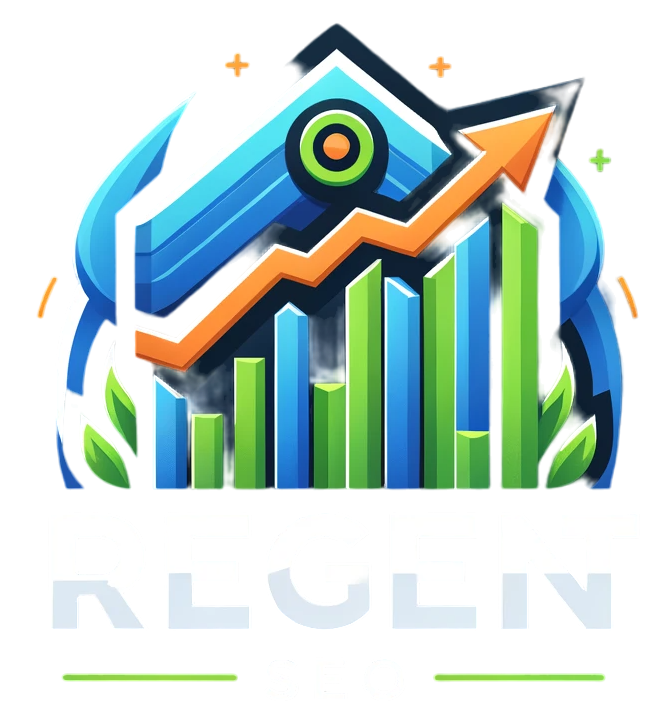Understanding Technical SEO: A Guide for Website Success
Welcome to our comprehensive guide on Technical SEO, where we unravel the complexities and help you optimize your website effectively. At Regent SEO, we understand the pivotal role of Technical SEO in driving your site’s performance.

What is Technical SEO?
Technical SEO involves optimizing the infrastructure of your website to enhance its visibility and ranking on search engines. This includes aspects like site speed, mobile-friendliness, and security. Technical SEO is not just about keywords and content; it’s about making your site accessible and easily indexable by search engines. In this section, we will dive deep into the essentials and best practices.
Why is Technical SEO Important?
In today’s digital landscape, having a robust Technical SEO strategy is crucial. It ensures that your website is not only found but also ranks well. This section will cover:
- Site Speed Optimization: How crucial is it to your rankings?
- Mobile Optimization: Why mobile-first indexing matters.
- Security (HTTPS): Building trust with your audience.
- XML Sitemaps: How they aid search engines in crawling your site.
Best Practices for Technical SEO
1. Site Speed Optimization
A fast-loading site not only enhances user experience but also impacts your SEO rankings. Google prioritizes websites that load quickly. To achieve this, you can compress images, leverage browser caching, and minimize JavaScript. These steps can significantly improve your load times and overall site performance.
2. Mobile Optimization
With mobile-first indexing, Google predominantly uses the mobile version of the content for indexing and ranking. Ensuring your site is responsive and displays correctly on all devices is paramount. Use tools like Google’s Mobile-Friendly Test to check your site’s compatibility.
3. Secure Your Site with HTTPS
Security is a priority for both users and search engines. Switching to HTTPS not only secures data exchanged on your site but also gives you a slight SEO boost. It’s a clear signal to Google that your site is trustworthy and safe for visitors.
4. XML Sitemaps and Robots.txt
An XML sitemap helps search engines understand your website structure and find all your pages. Meanwhile, a properly configured robots.txt file guides search engines on which pages to crawl and index. These tools are fundamental to effective Technical SEO.
Advanced Technical SEO Tips
Structured Data and Schema Markup
Implementing structured data and schema markup enhances your website’s search appearance by providing additional context to search engines. This can lead to rich snippets, which improve your click-through rates.
Canonical Tags
Duplicate content can confuse search engines, leading to lower rankings. Using canonical tags helps you specify the “preferred” version of a webpage, ensuring your SEO efforts are not diluted across multiple URLs.
Conclusion
Technical SEO is a critical component of any successful digital marketing strategy. By focusing on these key areas, you can ensure that your site not only ranks well but also provides a seamless user experience. Remember, the foundation of good SEO is not just content but also a technically sound website.
Frequently Asked Questions (FAQs)
- What is the most critical aspect of Technical SEO?
- How often should I update my XML sitemap?
